What Is A 10 Stop Filter ?
A 10-stop filter is a type of photographic filter that reduces the amount of light entering the camera by 10 stops. It is commonly used in long exposure photography to achieve creative effects such as motion blur in water or clouds. The filter is typically made of darkened glass or resin and is placed in front of the camera lens. By reducing the amount of light, it allows for longer exposure times, resulting in smoother and more ethereal images. The 10-stop filter is also useful in situations where there is too much light, such as during bright daylight, as it enables photographers to use slower shutter speeds or wider apertures without overexposing the image.
1、 Definition and Purpose of a 10 Stop Filter
A 10 stop filter is a type of photographic filter that is used to significantly reduce the amount of light entering the camera lens. It is also known as a "ND1000" filter, referring to its ability to block out 10 stops of light. This means that it reduces the amount of light entering the lens by a factor of 1000, allowing for longer exposure times and creative effects.
The purpose of a 10 stop filter is to achieve long exposure photography in bright conditions. By reducing the amount of light, it allows photographers to capture motion blur in situations where the scene would normally be too bright for longer exposures. This can be particularly useful for capturing smooth waterfalls, streaking clouds, or creating a sense of movement in a static scene.
Additionally, a 10 stop filter can also be used to control the depth of field in bright conditions. By using longer exposure times, photographers can achieve a shallower depth of field, even in well-lit environments. This can be advantageous for portrait or macro photography, where a blurred background is desired.
In recent years, the popularity of long exposure photography has grown significantly, and the use of 10 stop filters has become more widespread. With advancements in filter technology, such as multi-coating and high-quality glass, these filters now offer improved image quality and reduced color cast compared to earlier versions.
Overall, a 10 stop filter is a valuable tool for photographers looking to explore long exposure photography and creative effects in bright conditions. It allows for greater control over exposure and depth of field, opening up new possibilities for artistic expression.
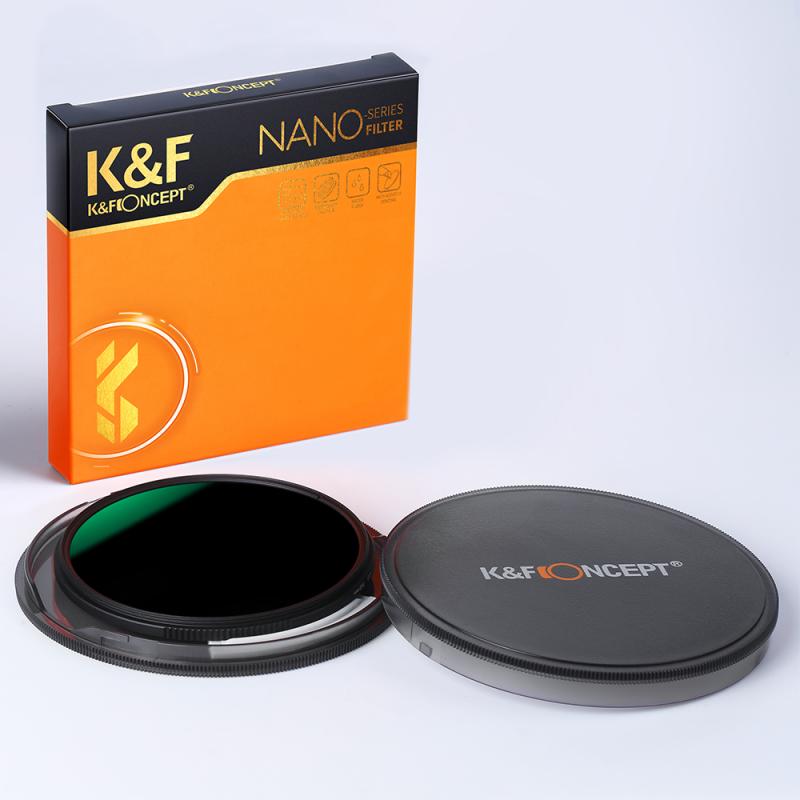
2、 How a 10 Stop Filter Affects Exposure
A 10 stop filter is a type of photographic filter that is used to reduce the amount of light entering the camera by 10 stops. It is commonly used in landscape photography to achieve long exposure effects during daylight hours.
When a 10 stop filter is attached to the camera lens, it significantly reduces the amount of light that reaches the camera's sensor. This allows for longer exposure times, which can create stunning effects such as smooth, silky waterfalls, streaking clouds, and blurred motion in other moving subjects.
The 10 stop filter works by blocking out a large portion of the light, resulting in a much darker image. This means that the camera needs to compensate for the reduced light by increasing the exposure time. For example, if a scene would normally require a 1/100th of a second exposure without the filter, with the 10 stop filter attached, the exposure time would be extended to 10 seconds.
It is important to note that using a 10 stop filter requires careful planning and consideration. The extended exposure times can lead to overexposure if not properly managed. Additionally, using a tripod is essential to avoid camera shake during the long exposure.
In recent years, the popularity of 10 stop filters has grown due to advancements in digital photography. With the ability to preview and adjust exposure settings in real-time, photographers can experiment with long exposures and achieve creative effects more easily. Additionally, the use of neutral density filters, such as the 10 stop filter, has become more accessible and affordable, making it a popular tool among photographers of all levels.
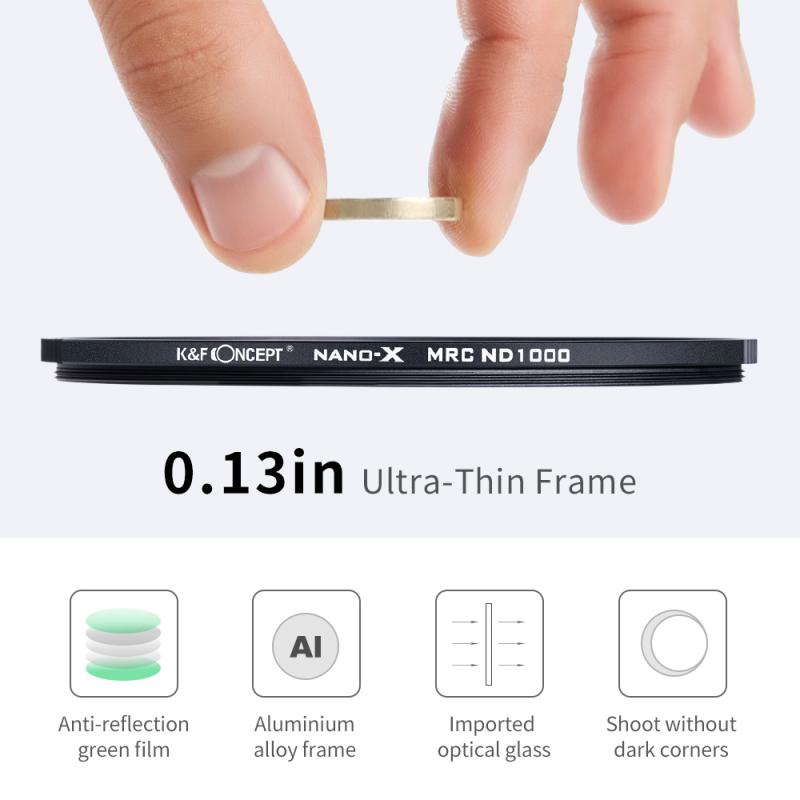
3、 Advantages and Disadvantages of Using a 10 Stop Filter
A 10 stop filter is a type of neutral density (ND) filter that reduces the amount of light entering the camera by 10 stops. It is commonly used in photography to achieve long exposure effects, such as capturing smooth waterfalls or creating motion blur in moving subjects.
Advantages of using a 10 stop filter include:
1. Long exposure effects: The main advantage of a 10 stop filter is its ability to create stunning long exposure images. By reducing the amount of light, it allows for longer shutter speeds, resulting in smooth and ethereal effects in water or clouds.
2. Creative control: With a 10 stop filter, photographers have greater control over exposure settings. It enables them to shoot in bright conditions without overexposing the image, allowing for more flexibility in capturing scenes with a wide dynamic range.
3. Versatility: A 10 stop filter can be used in various lighting conditions, from bright daylight to low-light situations. It is particularly useful in situations where the available light is too bright for the desired effect or when shooting with wide apertures in bright conditions.
Disadvantages of using a 10 stop filter include:
1. Increased exposure time: Due to the significant reduction in light, using a 10 stop filter requires longer exposure times. This can be a disadvantage when shooting moving subjects, as it may result in unwanted motion blur.
2. Potential color cast: Some 10 stop filters may introduce a color cast to the image, especially when shooting in challenging lighting conditions. However, this can often be corrected in post-processing.
3. Limited visibility: When using a 10 stop filter, the viewfinder or LCD screen may become significantly darker, making it difficult to compose and focus accurately. This can be mitigated by using live view or manual focus techniques.
It is important to note that the latest advancements in filter technology have addressed some of the disadvantages mentioned above. High-quality 10 stop filters are now available with improved color accuracy and reduced color cast. Additionally, some filters are designed with anti-reflective coatings to minimize flare and ghosting.
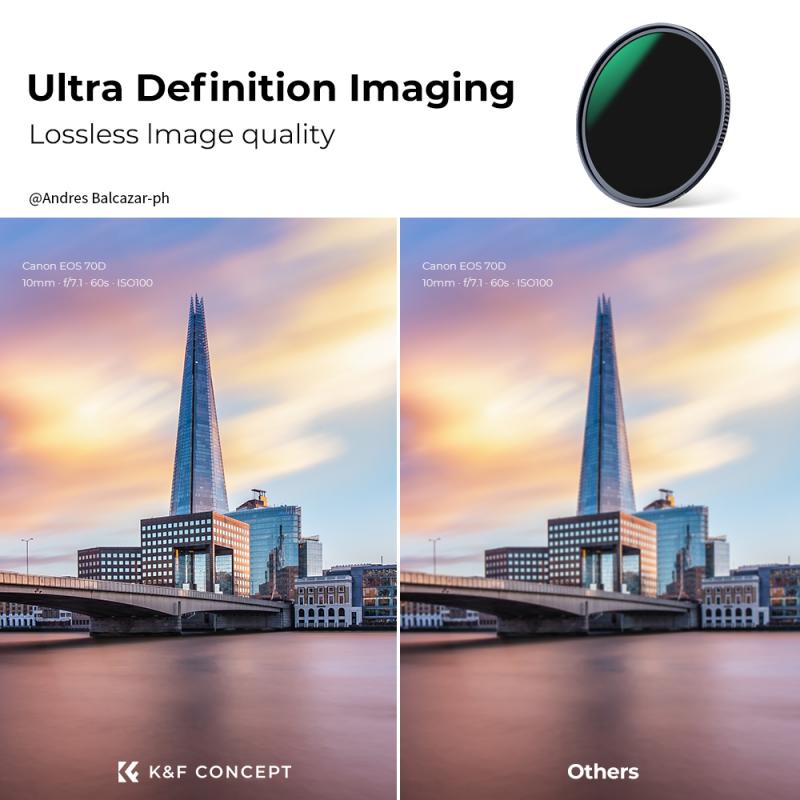
4、 Common Uses and Applications of a 10 Stop Filter
A 10 stop filter is a type of neutral density (ND) filter that reduces the amount of light entering the camera by 10 stops. It is commonly used in photography to achieve long exposure effects during daylight conditions.
The primary purpose of a 10 stop filter is to allow photographers to capture motion blur in their images. By reducing the amount of light, the filter enables longer exposure times, resulting in the blurring of moving subjects such as waterfalls, rivers, or clouds. This creates a sense of movement and adds a dynamic element to the photograph.
Additionally, a 10 stop filter can be used to achieve other creative effects. For example, it can be used to remove people or moving objects from a scene by capturing a long exposure where they become invisible due to their constant motion. This technique is often employed in crowded tourist locations to create images with an empty or ghostly appearance.
Furthermore, a 10 stop filter can be useful in landscape photography to capture scenes with a wide dynamic range. By reducing the amount of light, it allows for longer exposures, which helps to balance the exposure between bright skies and darker foregrounds. This results in a more evenly exposed image with enhanced details in both the highlights and shadows.
In recent years, the use of 10 stop filters has gained popularity among photographers due to the rise of long exposure photography on social media platforms. The ability to capture unique and ethereal images has attracted many photographers to experiment with this technique. Additionally, advancements in filter technology have made 10 stop filters more accessible and user-friendly, further contributing to their widespread use.
In conclusion, a 10 stop filter is a valuable tool for photographers looking to capture long exposure effects and achieve creative and dynamic images. Its applications range from capturing motion blur to balancing exposure in landscape photography, making it a versatile accessory for photographers of all levels.


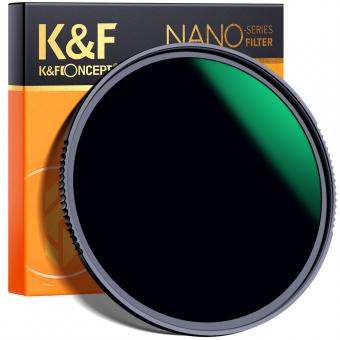
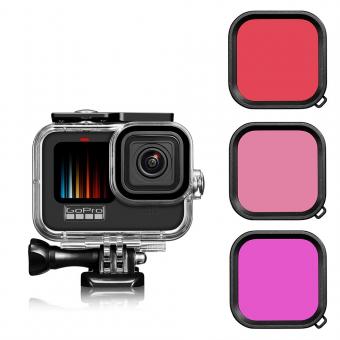
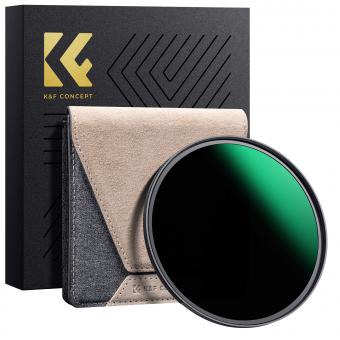
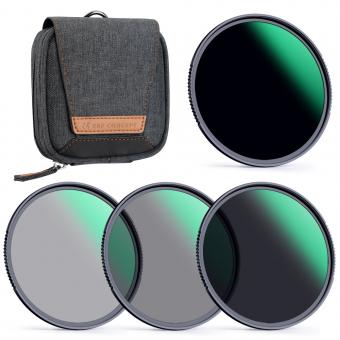











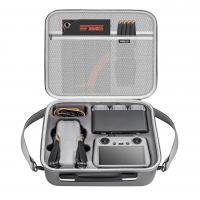
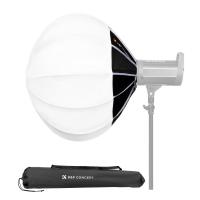

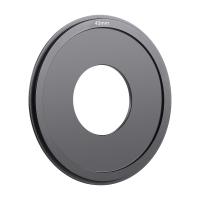
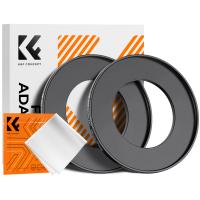
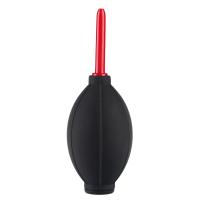



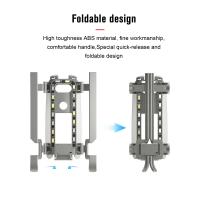
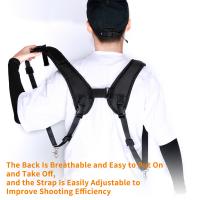


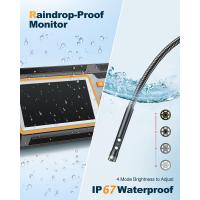
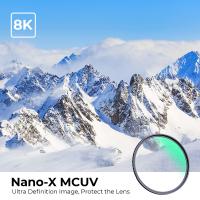

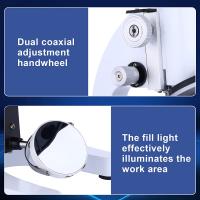
There are no comments for this blog.